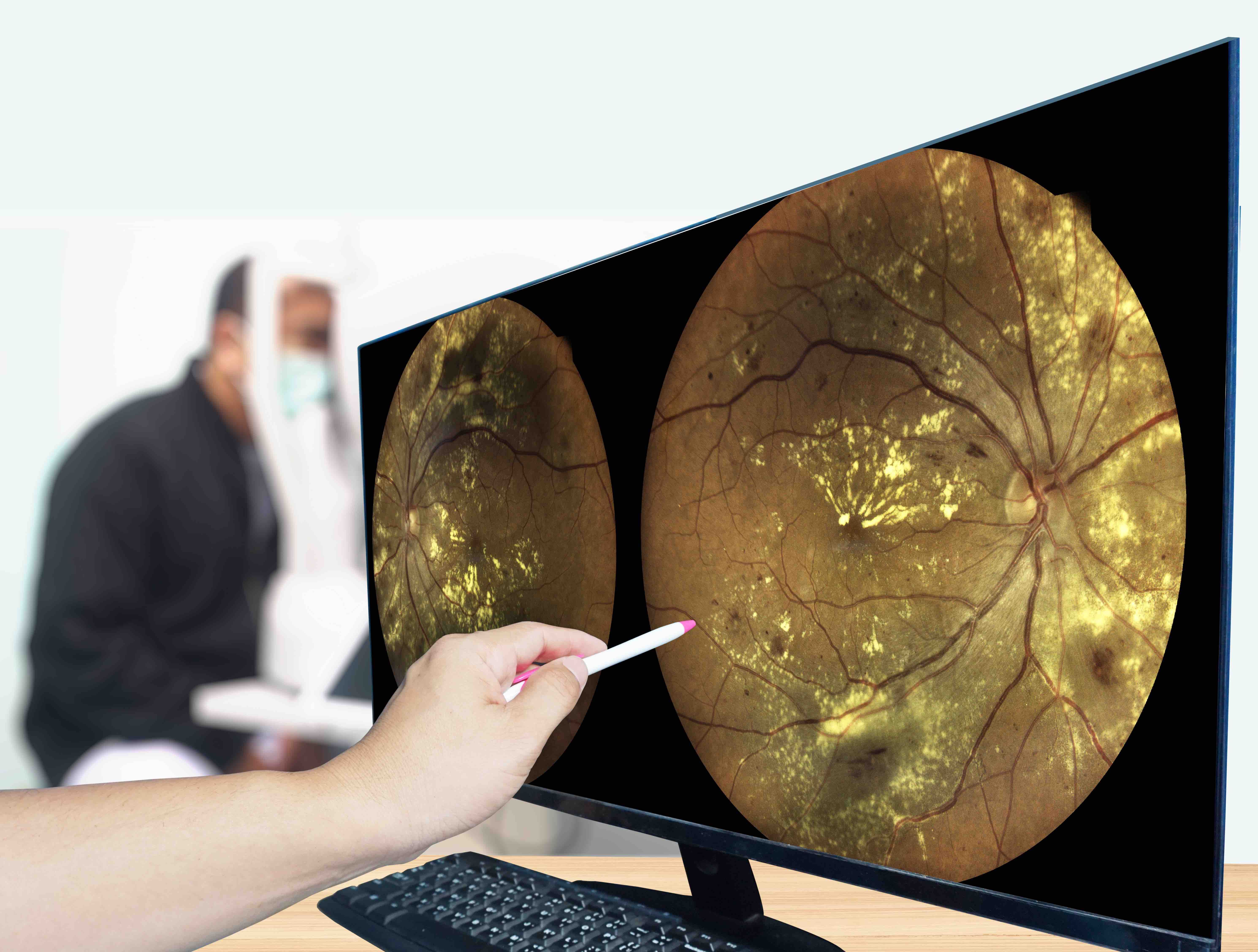News
Video
Dr Helen Shih on Low-Grade Gliomas: Wait or Treat?
Author(s):
Helen Shih, MD, MS, MPH, FASTRO, Massachusetts General Hospital, weighs the risks and benefits of treating or postponing treatment of low-grade gliomas.
Helen Shih, MD, MS, MPH, FASTRO, medical director, MGH Proton Therapy Centers; director, CNS & Eye Service; and program Director, Proton Therapy Fellowship, Massachusetts General Hospital, weighs the risks and benefits of treating or postponing treatment of low-grade gliomas.
Transcript
What risks have you seen associated with treating or waiting to treat patients with low-grade gliomas?
It's geography, it's the location. So some parts of the brain are relatively safe to treat, other parts of the brain are near radiation-sensitive structures. And if the radiation dose that's needed to treat a tumor is very close to a radiation-sensitive structure, there's a risk of injuring or impairing the function of something else, such as hearing or vision, or it can just lead to symptoms of like—if we’re treating a larger area or near certain areas—you can have a higher risk of nausea, feeling unwell.
Most of those symptoms during the time of radiation are temporary, thankfully, and do resolve. Even things like hair loss, you know, the hair, the scalp, the hair follicles will determine whether or not hair loss during radiation is going to be temporary or permanent, or something in between. So a lot of it depends on location.
I think another consideration is when you see someone with a low-grade glioma at the first diagnosis, that's the smallest the tumor is ever going to be. Some of the treatments may be able to reduce the density of the tumor and kill off tumor cells, so that there is literally less tumor cells, but the footprint of where the tumor extends to tends to be the same, and then over time it will increase, as it tends to spread beyond the initial volume at time of initial diagnosis. So if you wait on giving radiation treatment, sometimes it's a good thing because you're delaying or avoiding side effects associated with radiation.
But on the flip side, it can also grow beyond the initial volume and then you eventually get radiation. You can actually have more side effects if it's now growing toward, for example, the pituitary gland, which it wasn't at initially, and if that later involves collateral radiation of the pituitary gland, that can cause hormonal or endocrine problems that may not have occurred if you treated the patient first diagnosis.




